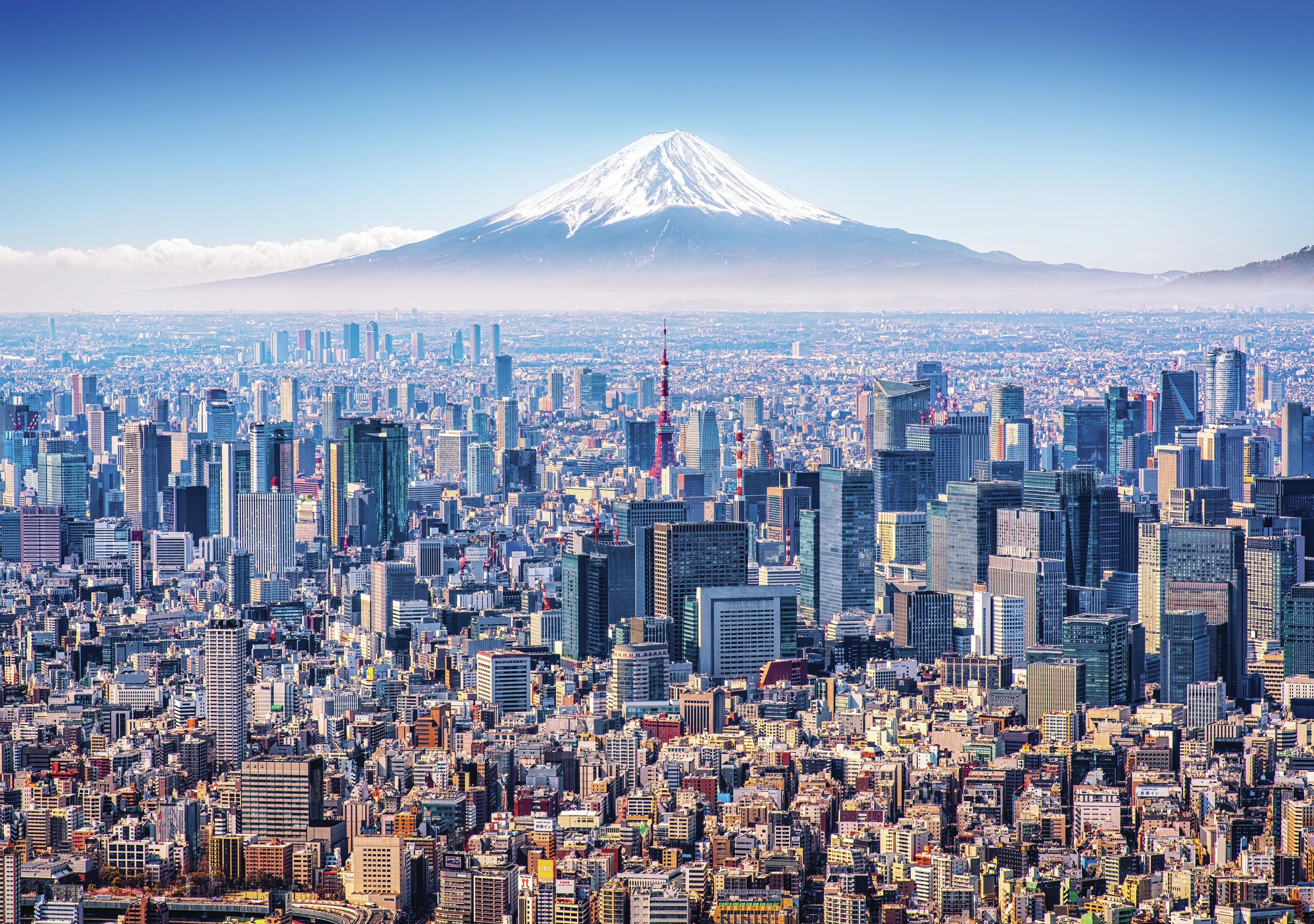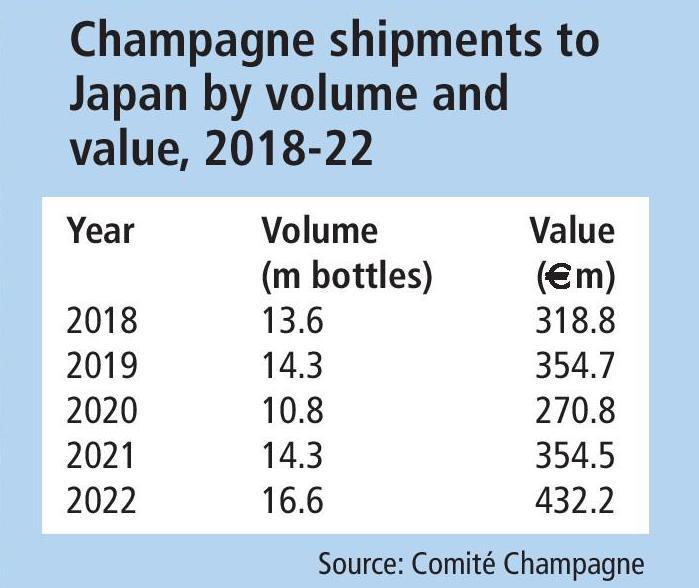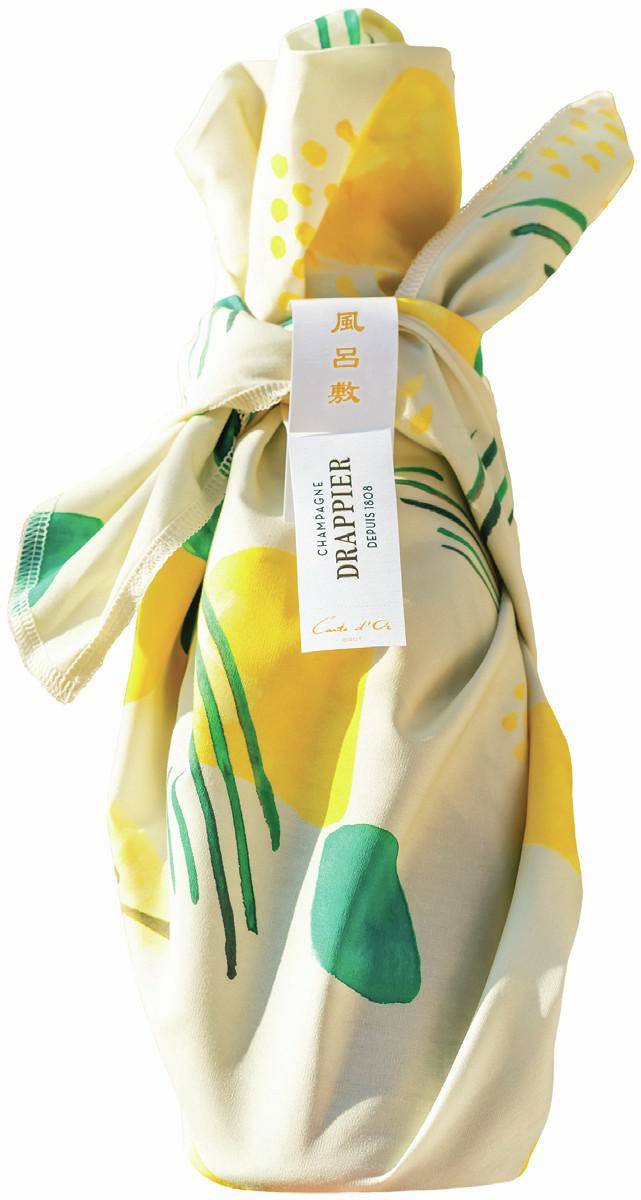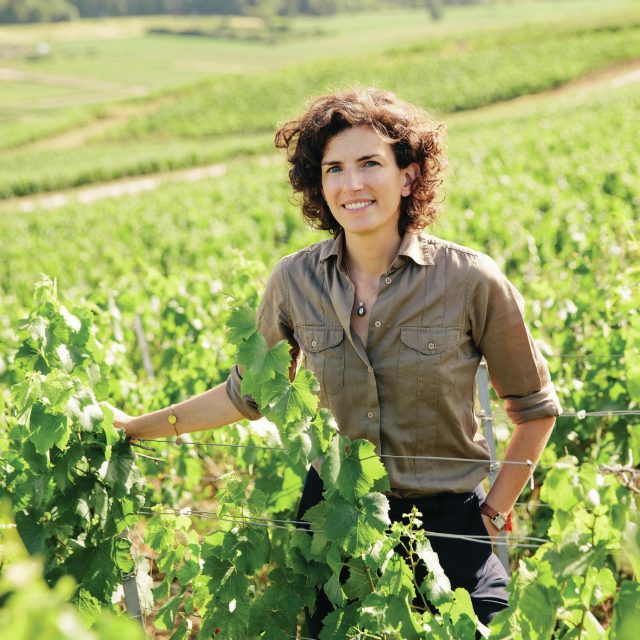Japan: how the Champagne market bounced back
Japan was one of the Champagne markets worst affected by the Covid-19 pandemic, and one of the last to emerge from its restrictions. But it bounced back – and how – in 2022, reports Richard Woodard.

The pandemic had an obvious and devastating global impact, but its effects were especially keenly felt in Japan. The country only lifted its last remaining entry requirements for tourists at the end of April this year; the holding of the postponed 2020 Olympics in Tokyo only exacerbated an already difficult situation for a country with a famously ageing population.
The consequences for Japan’s beverage alcohol market become obvious when you cast an eye over the Champagne shipment figures for the past few years. What had become a dream market for the industry was transformed into a nightmare during 2020 – and only limped back towards recovery in 2021.
“Japan has always been an important market for us, always in the top five,” says Charline Drappier, head of marketing at Champagne Drappier. “However, sales plummeted in 2020, and they were still very affected until spring 2022.” When Drappier received an order from its importer in the country in April 2022, it was the first for almost two-and-a-half years.
Other houses report a similar dynamic. “Japan was one of the latest countries to emerge from the Covid crisis,” says François Demouy, communications and marketing manager at Champagne Palmer. “We have seen a very strong recovery in sales with the second half of the year. As for all mature markets (US, UK, Scandinavian countries, Italy), we observe an appetite for premium and ultra-premium cuvées.
“We stopped visiting the market for more than two years and we did not receive our clients and partners in France either. Fortunately, the situation is back to normal. We are planning visits in 2023 and have already received several delegations since the beginning of the year.”
At Maison Bruno Paillard, Alice Paillard visited Japan in November last year and was struck by the paradox of continued small gatherings with Covid precautions, alongside the clear yearning for largerscale events where all such barriers are removed. “It has recovered later than other markets – but very strongly,” Paillard says.
Beyond the obvious drop in consumption, Covid altered Japan’s Champagne market in other ways too. The bigger question is whether these changes are the short-lived consequences of the pandemic, or more systemic, longterm shifts in the trading landscape.
Kalina Ivanova, Maison Gosset’s area manager for Japan, working alongside importer Terra Vert, reports an “interesting” year in 2022, with a massive focus on retail thanks to continued on-trade restrictions. She adds: “Online sales increased also a lot for Gosset, partly thanks to our local partner, who has opened his own website … Online speeds up the sales growth, but, on the other hand, decreases the human contact to a very minimum level.”
“We know that Japan has the world’s oldest population, and this will impact the long-term prospects for wine.”

Dark shadows
While Ivanova still detects some “dark shadows” persisting from Covid, she believes trading in 2023 will outstrip the period before the pandemic – but that doesn’t mean that Japan is quite returning to where it was in 2019.
“The Japanese market has drastically changed, of course, as all markets certainly post-Covid,” says Ivanova. “It made wholesalers ‘healthier ’ because their stock level has decreased, which makes business more proactive and prosperous.
“Prestige Champagnes are always an important part of the on-premise sector. However, this is the sector that suffered, and still does, from Covid and the consequences of Japan’s new buying profile. It will slowly be back to previous levels, we trust.” Ivanova reckons it could be 2024 before this happens.
Perhaps in part reflecting this, Alice Paillard reports that Japanese consumers are increasingly gravitating to Maison Bruno Paillard’s multi-vintage Rosé Première Cuvée – although she is uncertain where this dynamic is part of a broader trend for the industry.
Palmer’s sales in Japan are still weighted towards retail with a 55%-plus share, says Demouy, partly because of the on-trade’s gradual recovery, and also because the company’s local partner has a number of wine shops throughout the country. Demouy expects the on-trade to increase its share of trade in the coming months.
He is also conscious of the underlying demographic factors that will shape this market in the years to come. “We know that Japan has the world’s oldest population, and this will impact the long-term prospects for wine,” says Demouy. “Nearly two-thirds of Japan’s wine drinkers are 55 or over. Older wine drinkers are more habitual and tend to be value seekers, while younger drinkers are more occasional consumers, but willing to trade up.”
Feature findings
- Japan’s Champagne market was heavily impacted by the Covid-19 pandemic, with sales plummeting in 2020 and only slowly returning to normality over the next 12 months.
- But shipments hit a new record high in 2022, and there are positive signs that the influential on-premise channel will become buoyant again in the 2023-24 period.
- The pandemic has caused shifts in the market, including a rise in retail and online sales. Time will tell whether these changes will be shortlived in their impact, or will set in for the longer term.
- Champagne’s status in Japan is enhanced by its suitability to local cuisine – particularly sushi, fish and other seafood. Lower dosage Champagnes are particularly good matches here.
- Champagne houses are now redoubling their efforts to target the Japanese market, with a raft of highend launches, some of them delayed by the country’s Covid restrictions.

As a possible illustration of the early effects of this phenomenon, there are signs that consumers are beginning to spend significantly larger sums on Champagne across the on- and off-trade. “In part this is driven by premiumisation, but a weaker currency, supply chain disruption and inflation also contribute to higher prices,” explains Demouy. “But, of course, premium/ultra-premium Champagnes and Japan is a true love story.”
Partner Content
Champagne drinkers here are willing to spend, and they also know their stuff. “The market is still very ‘connoisseur ’,” says Charline Drappier. “During our last visit to Japan – at the end of 2022 – they were particularly interested in learning about and tasting our most experimental projects: our Champagne made from 100% Fromenteau (Trop m’en Faut), the Immersion project, the organic Clarevallis. However, Champagne is still a big part of Japanese high-end events – more than in other Asian countries, a bottle of Champagne is synonymous with celebrations.”
Champagne has also always benefited from its suitability alongside Japanese food – something that producers have not been slow to exploit. For instance, Alice Paillard believes the Maison Bruno Paillard style – extra brut, focused and precise – lends itself especially well to the local cuisine.
“This is a reality that was shown to us 20 years ago by the late chef Joël Robuchon, who loved Bruno Paillard Champagnes, and loved Japan where he travelled all the time,” she explains. “It was he who convinced my father at the time to visit with him and discover the food and culture there.”

Charline Drappier echoes this. “I can’t count how many tags on Instagram we have in Japan of #drappier at a sushi counter,” she says. “In some countries, like France, UK and Korea, things have changed a bit during Covid, with people buying for inhouse consumption. In Japan, however, sales stopped brutally because the habit of drinking Champagne in restaurants seems to be still very anchored.”
Now that those restaurants are open again, and the market is not merely in recovery mode, but scaling new heights that exceed those of the pre-Covid era, Champagne brand activity has burst back into life. Gosset has launched Celebris 2008 in blanc and rosé, along with the first Gosset Celebris Blanc de Blancs from the 2012 vintage.
Later this year, its Gosset 12 Ans de Cave à Minima Rosé, a blend of several vintages with an extended maturation period, will follow.

Similarly, Palmer has recently launched its Grands Terroirs 2015 cuvée in Japan – combining fruit from the house’s grand and premier cru vineyards on the Montagne de Reims.
Other examples of launches and brand activity have a distinctly Japanese accent. Maison Bruno Paillard’s launch of its Blanc de Blancs 2012, complete with label illustrated by Japanese artist Takehiko Sugawara, was delayed – postponed twice because of the pandemic.
Meanwhile, Charline Drappier has been working with Japanese food culture writer Ryoko Sekiguchi, whose book Nagori explores food seasonality and sustainability. Sekiguchi wrote a poem for Drappier, while Charline Drappier designed a furoshiki, or reusable gift wrapping, for the Champagne Drappier Carte d’Or expression – which is set to be launched in Japan and around the world later this year.
“It embodies the strong connection between Japanese and French culture, through our common food and wine passion,” says Drappier. “Nagori is all about keeping ingredients for a more sustainable way of eating (like quince paste), and so is our furoshiki.”
Japan and Champagne have forged strong links over the past few decades, and this market has played a vital role in the industry’s increasing prioritisation of value over volume. And now, after a difficult couple of years thanks to the Covid-19 crisis, there’s every sign that this relationship will go from strength to strength in the future.
Champagne in Japan: the lowdown
Japan’s Champagne market, long established as one of the most lucrative on the planet, has endured a rollercoaster few years. After hitting a record high in 2019, sales plummeted during the first year of the Covid-19 pandemic – and only fully recovered during 2022.
For the Champenois, it was worth the wait. The 16.6m bottles shipped to the country last year was a new high, with revenues to match, topping €400m for the first time. The volume and value increases (+20% and +21.9% respectively) were the largest among Champagne’s top 10 export destinations. Japan has cemented its position as Champagne’s number three export destination in both volume and value terms, lagging only the US and the UK.
“The start of 2022 was marked by restrictions linked to the pandemic, which was still very present in this country (tourism, restaurants),” noted the Comité Champagne in its 2022 shipments report. “When these restrictions were lifted, consumption in restaurants immediately picked up again. The government also encouraged intracountry travel by means of subsidies, thus promoting consumption.”
The Japanese market retains its distinctive character, but with some signs of change. Prestige cuvées are hugely important here, accounting for 30.8% of value in 2022. By contrast, brut non-vintage sales are relatively low, accounting for only 46.5% of value last year. Brut NV’s volume share is higher at 64.3%, but still well below, for example, the EU countries at 82.5%. Nonetheless, prestige cuvées, rosés and high dosage Champagnes all saw their market share shrink during 2022, while brut non-vintage, low dosage and vintage brut all increased – although this may at least partly be explained by the slow recovery of the on-trade in Japan.
Related news
Achaval Ferrer launches fourth wine in its iconic Finca range
Bordeaux 2024 in a nutshell: a pyramid-shaped vintage
TWE experiments with 'elite' mildew and drought-resilient grapevines




